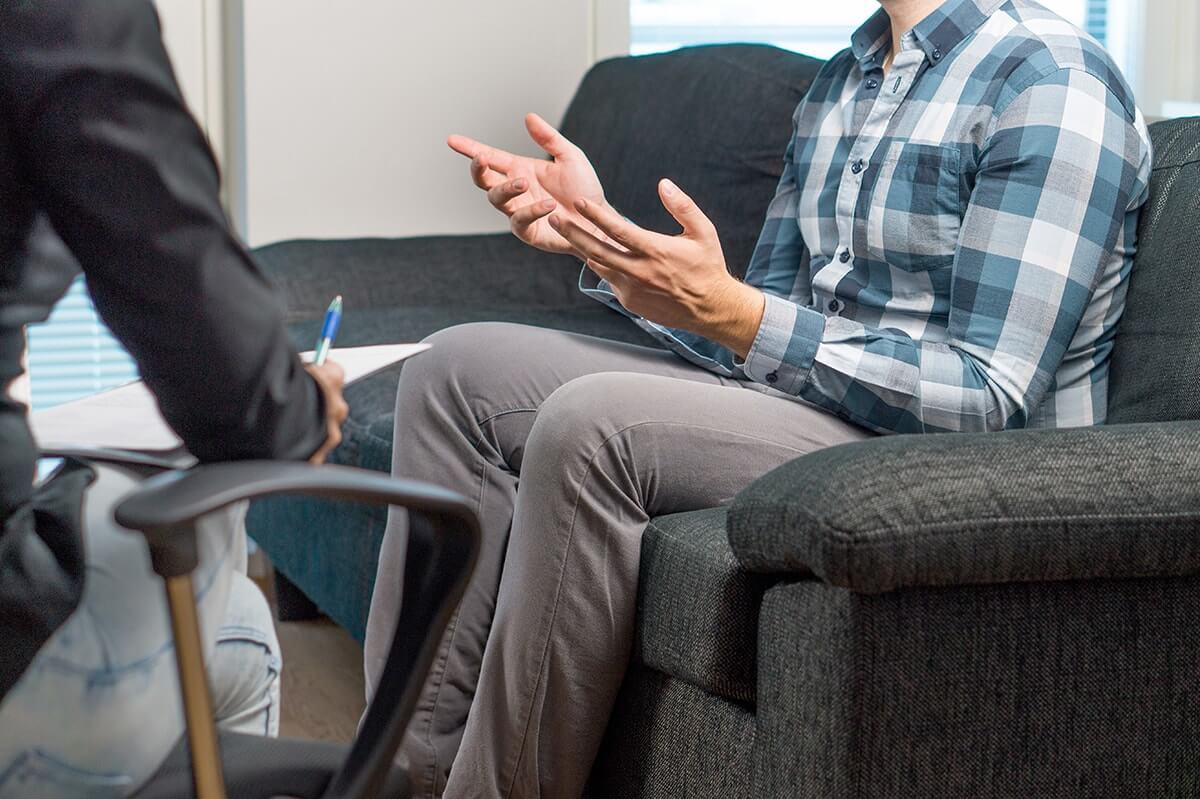
Trauma Focused Cbt
Children may also have a poorer understanding of their symptoms or why they are experiencing the symptoms they have. Finally, some of the concepts in common treatments for PTSD in adults may be too difficult for children to grasp. Given this, Trauma-Focused Cognitive Behavioral Therapy (TF-CBT.
Evidence-based research suggests trauma focused cognitive behavior therapy (TB-CBT) is a particularly effective model to use with individuals who has experienced childhood trauma. TB-CBT is evidence-based; it is a treatment model that was designed to assist children, adolescents, and their families to overcome the damaging effects of traumatic experiences. Eye movement and desensitization and reprocessing (EMDR), is another evidence-based treatment that uses therapy to process distressing memories, with the goal of reducing the lingering influences and allows the child to develop effective coping skills.Trauma Focused Cognitive Behavior TherapyTF-CBT is a psychosocial treatment identified as appropriate for children three to 18 years.
Stronghold 3 Recommended Requirements CPU: Info. CPU SPEED: 1.8 GHz Quad Core CPU. OS: Windows Vista SP2/ Windows 7. VIDEO CARD: 512 MB ATI Radeno HD 4800 series or better, 512 MB NVIDIA GeForce 9800 series or better. TOTAL VIDEO RAM: 512 MB. PIXEL SHADER: 4.0. VERTEX SHADER: 4.0. Minimum Requirements. OS: Win Xp 32. Processor: Intel Pentium 4 2.8GHz / AMD Athlon 64 3000+. Graphics: AMD Radeon X1050 or NVIDIA GeForce 6600. System Memory: 2 GB RAM. Storage: 2 GB Hard drive space. DirectX 9 Compatible Graphics Card.  Stronghold 3 Minimum System Requirements. CPU: Dual Core CPU – 2.0GHZ; RAM: 2GB; OS: Windows® XP (with Service Pack 3) or Windows Vista® (with Service Pack 2) or Windows® 7; Graphics: 256 MB ATI HD2600 XT or better, 256 MB nVidia 7900 GS or better; DirectX: DirectX 9.0c; Hard Drive: 5 GB; Sound Card: DirectX 9.0c-compatible sound card.
Stronghold 3 Minimum System Requirements. CPU: Dual Core CPU – 2.0GHZ; RAM: 2GB; OS: Windows® XP (with Service Pack 3) or Windows Vista® (with Service Pack 2) or Windows® 7; Graphics: 256 MB ATI HD2600 XT or better, 256 MB nVidia 7900 GS or better; DirectX: DirectX 9.0c; Hard Drive: 5 GB; Sound Card: DirectX 9.0c-compatible sound card.
Free unblocked games at school for kids, Play games that are not blocked by school, Addicting games online cool fun from unblocked games 66 Fruit Ninja - Unblocked Games 66 - Unblocked Games for School. Play Fruit Ninja at unblockedgamesarmor. Play all your favorite unblocked games at our website and share with your friends. 
This treatment modality has proven effective with reducing symptoms related to PTSD, anxiety, depression, sexual behaviors problems, and shame in different random control trial (Simonich et al., 2015). TF-CBT is an adaptable model that can be used to treat a wide-range of trauma and developmental levels (Simonich et al., 2015). When aftercare follow-up was conducted there is supported evidence that participants continue to thrive 6 months, one year, and two years post-treatment (Murray et al., 2013).CF-CBT is has three phases: stabilization, trauma narrative and integration. When treatment is implemented, the individual is gradually exposed to the following sections in order to benefit from using the learned skills when trauma reminders or cues occur (Fitzgerald & Cohen, 2012). The therapy is made up of 9 modules and uses the acronym PRACTICE, with an additional GE: Gradual Exposure included in all the treatment sections, which is detailed as follows: 1) psycho-education and parenting skills, provide education trauma reminders and usual responses to trauma, normalize the child’s and parent’s response and hope for recovery.

2) Relaxation techniques, with a focus on deep breathing, muscle relaxing and teaching the individual to control their thoughts, and mindfulness; 3) affective expression and regulation, teaching the individual and parent to control emotions, reminders and self-soothe, problem solving and social support.